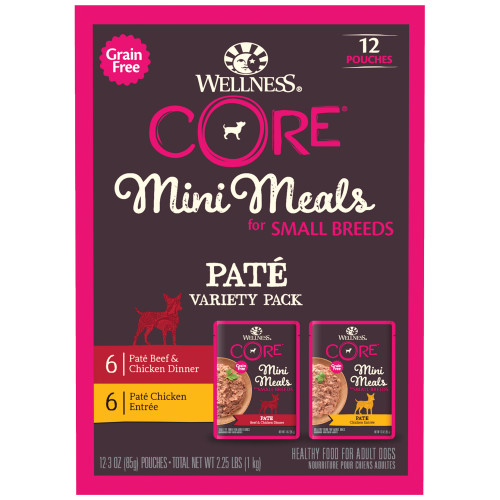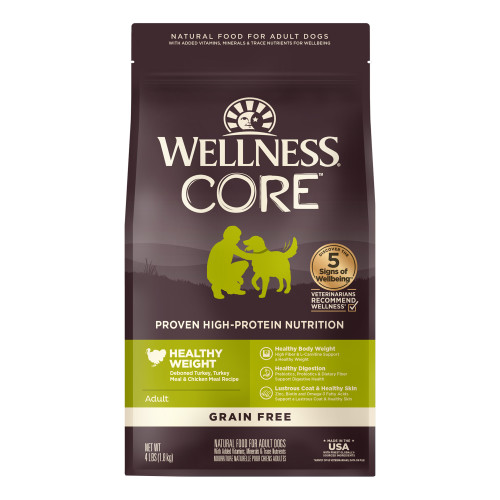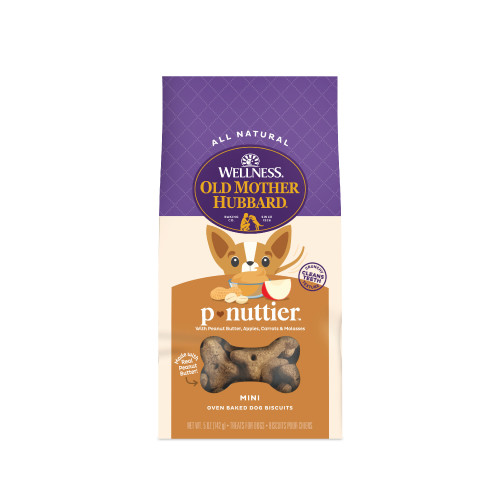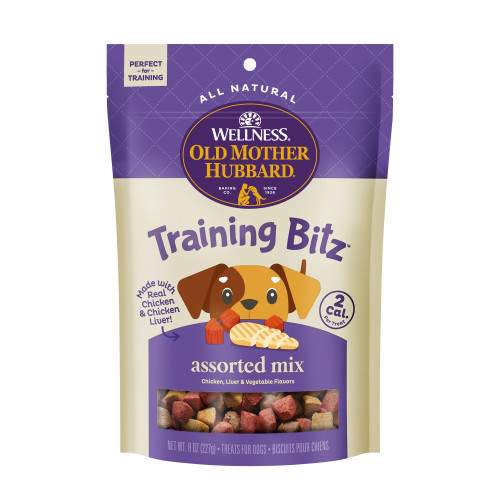February 5, 2024
A Guide to Changing Your Dog’s Food: How to Transition to New Wet or Dry Foods
When it comes to our pups, we want to make them happy just like they do for us. One way to do this is to offer them a variety of foods to make meals exciting. Or sometimes, for health reasons, they need to be on a different formula of food. When these situations occur, it means a change in food. This can seem like a daunting task, especially if you have never switched diets before. Rest assured that, with a few simple steps, this process can be easy on you and your dog.
Why Wet Dog Food
While kittens often start on wet food, puppies typically start with a high-quality dry food kibble. However, sometimes your dog no longer likes the dry options you are providing, or you simply want to add some variety to your dog’s meal. As our dogs age, due to dental disease or other health concerns, they may also need the transition to a softer food option. No matter the reason, if you’re looking to switch up meal time offerings, wet dog food can be a great choice.
Wet food is a great way to keep your dog hydrated due to the moisture content. This can help aid your dog’s digestion and overall health. Most dogs also prefer wet food to dry because of the texture, aroma, and flavor, making this transition easier for most dogs.
You do want to ensure you choose a high-quality, natural wet dog food option to avoid unnecessary fillers or excess calories in your dog’s meals. To help keep your pup’s teeth clean while feeding wet food, work in a natural daily dog dental chewy like Wellness® WHIMZEES®.
It’s also important to remember that unlike dry food, wet food cannot be left unrefrigerated. Be sure to refrigerate leftovers and toss excess food after a short time if your pup doesn’t finish the bowl. If that’s the case, reduce the amount given. You can always give them more at the next meal if they’re hungry.
Why Dry Dog Food
Feeding dry dog food is a common and convenient way to provide excellent nutrition to dogs. Dry dog food is easy to store, has a long shelf life, and is convenient to measure and serve. It doesn’t require refrigeration, making it a practical option for pet owners. It is often more cost-effective than wet diets. It provides a balanced and complete nutritional profile at a relatively lower cost per serving.
While dry dog food is a popular and convenient option, it’s essential to choose a high-quality brand that meets your dog’s specific nutritional needs such as Wellness®. Additionally, some dogs may have dietary sensitivities or preferences, and in such cases, alternative diets like wet food may be the best fit.
The Transition
Like all things, transitioning food may take some time. Be patient and slowly ease into the new routine with your pup as this change can cause digestive adjustment and upset if transitioned too quickly. Start the transition by putting the new food at the bottom of the bowl and give yourself a good 7-10 days to transition. It’s a good idea to begin with 75% of the old food and 25% of the new food. Each day reduce the old food’s percentage by no more than 15% while increasing the new option in the bowl. The transition could look something like this:
- Day 1: 75% old/25% new
- Day 2: 65% old/35% new
- Day 3: 50% old/50% new
- Day 4: 40% old/60% new
- Day 5: 30% old/70% new
- Day 6: 20% old/80% new
- Day 7: 10% old/90% new
- Day 8: Full transition (based on your pup’s reaction to each day’s change)
Of course, if you know your pup handles food changes well, you may have a shorter transition period that introduces up to 20-25% of the new food each day.
Tips and Tricks
Sometimes, our pets don’t realize we are trying to offer them the best and are a little resistant to the transition to a new food. This is especially true when it comes to different forms of food, like going from dry to wet or wet to dry. So here are a few tricks you can try if you have a particularly persnickety pooch.
- End free feeding. If your dog is a free feeder, begin by establishing two or three meals per day. Meals should be at the same time every day, and you should provide a measured amount of food.
- Limit their meal time. Limit your dog’s time with food to 20 minutes two or three times per day. Offer a small amount of new food at the same time. After 20 minutes, take away the remaining old food, but leave the new food out. Gradually reduce the amount of old food being fed.
- Start slower. Add a mixer or a topper such as Wellness Bowl Boosters. With lots of variety in texture, forms, and formulas, this is a great step towards adding a little variety to your dog’s diet.
- The decoy. Supplement with their favorite healthy, natural treats, but be sure not to overindulge your pup. Treats should make up no more than 10% of your dog’s total daily calorie intake. But these can be used to encourage pets to try a new form of food by sprinkling some of their favorite treats with the new food. Try Wellness Rewarding Life treats for a natural, soft bite-sized treat made in the USA.
- Make the diet a treat. Hand-feed your dog the new dog food as a treat to get them on board with the new flavor and texture.
- Enhancing aroma. Some dogs are motivated by smell— warming the wet or dry food with some warm water before serving may appeal to these dogs.
- The flavor. Try different flavors to see if your dog simply doesn’t like the flavor option you’ve selected. It may not be the texture at all!
It’s important to remember that dogs will never starve themselves. They may put up a fight at first when their diet is disrupted, but ultimately, they will head to the bowl and finish their meal. If you find you’re unable to make the switch or your pup is reacting poorly to the change, call your vet and set up an appointment to ensure there are no underlying health issues involved.
Changing your pup’s diet will look different for each dog as we want to ensure we select the right products for their age, health and our budget. If you’re not sure how to proceed, we recommend a chat with your dog’s veterinarian.






